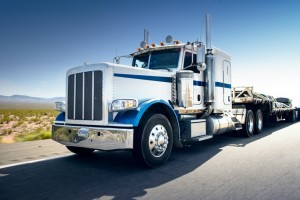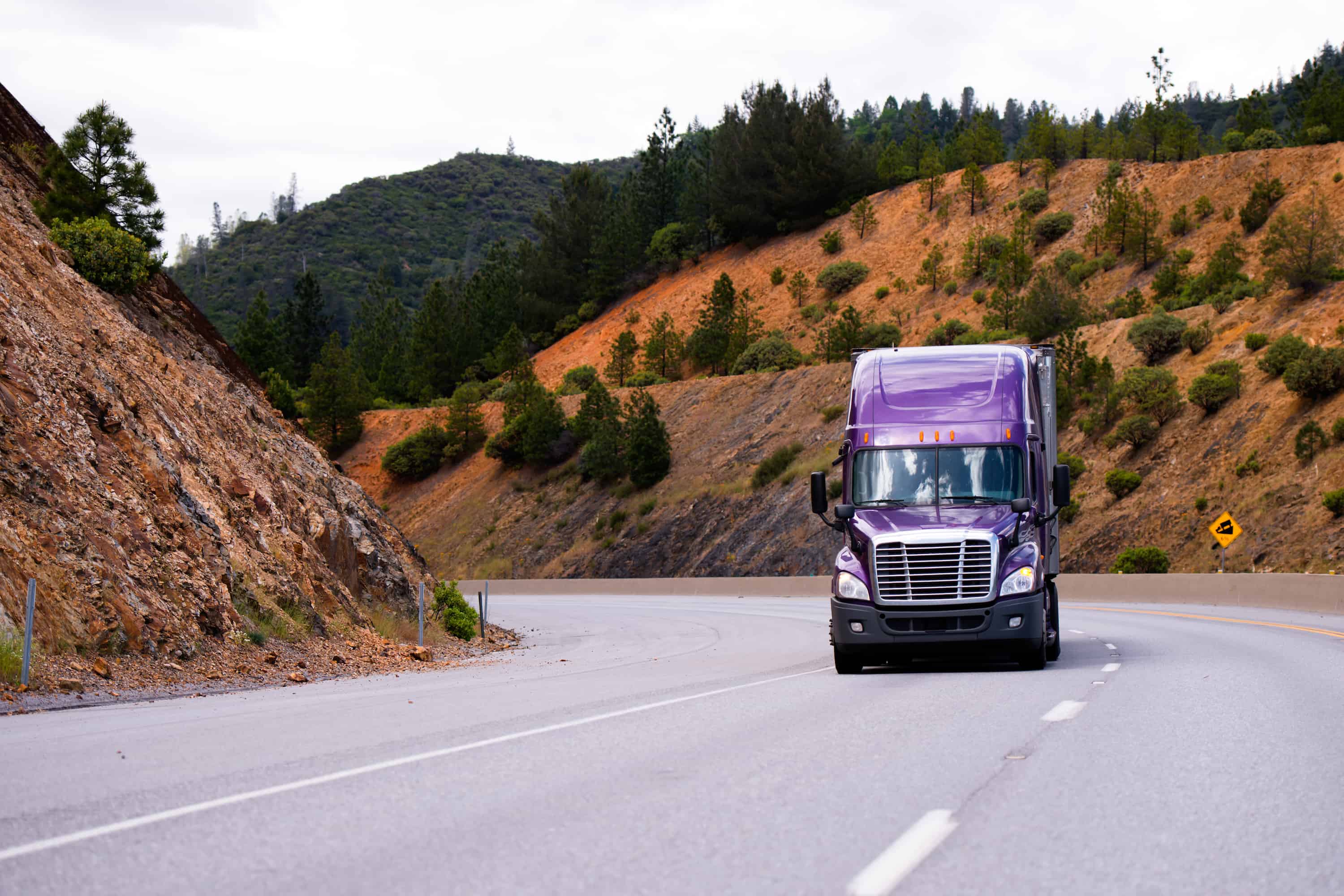 Many motor carriers looking for ways to reduce cost often turn to fuel efficiency. There are numerous ways to save fuel such as driving at slower speeds or taking the most direct route with the least amount of traffic. However, drivers hauling empty containers waste massive amounts of fuel. To reduce this, some companies are synchronizing import and export needs.
Many motor carriers looking for ways to reduce cost often turn to fuel efficiency. There are numerous ways to save fuel such as driving at slower speeds or taking the most direct route with the least amount of traffic. However, drivers hauling empty containers waste massive amounts of fuel. To reduce this, some companies are synchronizing import and export needs.
Matching Imports and Exports
Drayage operations run into this issue on a regular basis. Drayage drivers will receive an import, deliver it to its destination, and then drive back with an empty container. However, by doing some research, managers can find nearby companies that need to export their product. That way, their driver can deliver their import, pick up the export, and then drive back to the port. This saves an additional trip and eliminates drivers with empty containers.
Technology Shortages
While the idea is great in theory, it can be complicated in practice. Some companies only want to use certain types of shipping containers to move their cargo. However, the bigger issue is a lack of technology to match import and export needs. Managers who attempt to match imports with exports must do so manually.
This creates an opportunity in the transportation industry to develop a major piece of tech to improve productivity. Some managers believe no one has jumped at the chance simply because the industry has always operated in this fashion. Many are hesitant to change existing operations even if it meant improved efficiency. However, as more manager tackle the issue of load matching the opportunity will not likely be set aside for long.

